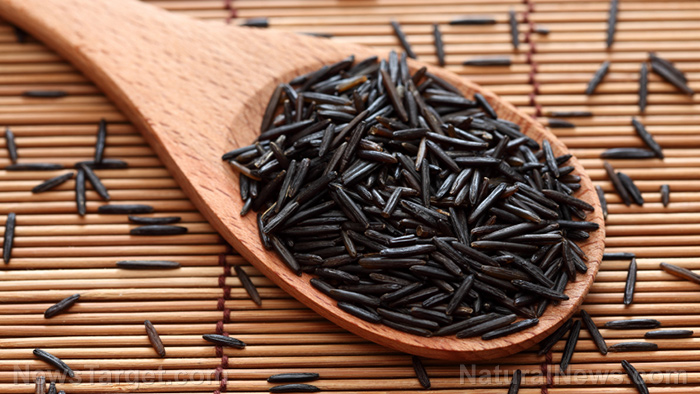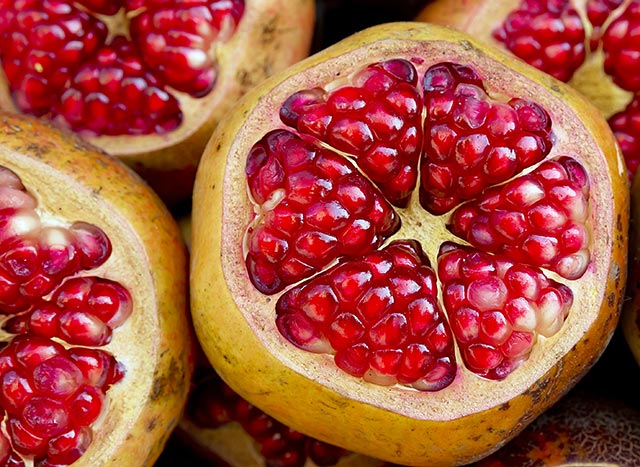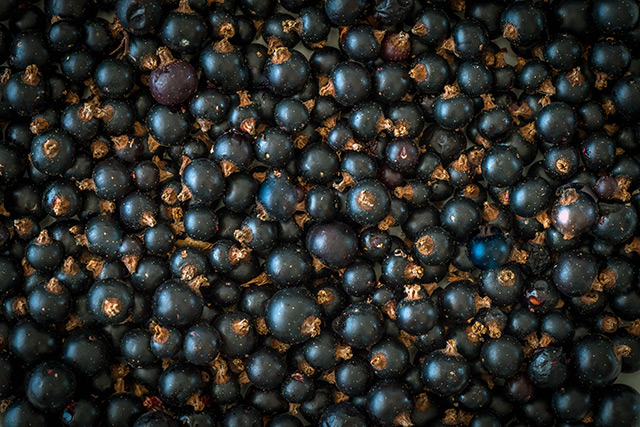Olive wine can be used to reduce oxidative stress
12/13/2018 / By RJ Jhonson

Olive wine, a byproduct of olive mill wastewater, contains plenty of antioxidants that make it a potentially good treatment for diseases caused by oxidative stress, according to one study. Apart from increasing the number of options available for people suffering from oxidative damage-induced conditions, the findings also promise a brilliant way to solve the problem of disposing olive mill wastewater.
Olive oil is one of the best sources of healthy fatty acids. Being a good source of oleic acid, a monounsaturated fatty acid, it supports healthy heart and brain functions. It is one of the main reasons the Mediterranean diet, which is recommended for people at risk of cardiovascular disease, is considered one of the healthiest in the world.
But olive oil production is as messy as olive oil itself is healthy. One of its byproducts is olive mill wastewater, a blend of water, oil, and smashed olive kernels and particles. Highly, unpleasantly odorous and with rich organic matter content, it is considered a high-level pollutant. Uncontrolled disposal of olive mill wastewater causes problems in soil acidity, salinity, nitrogen immobilization, microbial activity, nutrient leaching, lipids concentration, organic acids, and naturally occurred phenols, making it a considerable environmental problem.
Olive wine is made by fermenting olive mill wastewater. Because it turns such a dangerous byproduct into something that humans can use and consume, olive wine is considered an attractive alternative to current ways of dealing with olive mill wastewater. However, there have been no inquiries into whether or not retains the bioactivities that make olives good for the body in the first place.
A study published in the journal Pharmaceutical Biology sought to provide an answer by assessing and determining the antioxidant activity of olive wine fermented from olive mill wastewater. The researchers used spectrophotometry to determine the antioxidant activity of the wine’s phenols and flavonoids. They then administered different doses of the wine on aged mice for 30 days and evaluated their effects on oxidative stress in the animals.
Analysis showed that the phenols and flavonoids in the wine could scavenge free radicals, resulting in decreases in oxidative stress indicators in the mice’s plasma and liver. In fact, the beneficial effects of the wine on the animals’ liver were considered superior to those of vitamin E (gamma-tocopherol), a known powerful antioxidant.
Because of these findings, the researchers concluded that olive wine fermented from olive mill wastewater contains flavonoids and phenols with powerful effects against diseases caused by oxidative stress.
The dangers of oxidative stress
Oxidative stress occurs when the body has very high concentrations of free radicals and very low antioxidant levels. Free radicals cause chain reactions that lead to cellular damage, resulting in a number of harmful effects on the body. These include the following:
- Diabetes – Oxidative stress contributes to damage to pancreatic cells, the cells that produce the hormone insulin. This hormone is crucial to the body’s ability to efficiently use glucose. Oxidative stress has also been linked to insulin resistance or the inability of the body to respond adequately to insulin. All of these factors lead to or complicate diabetes.
- Atherosclerosis – This pertains to the formation of plaque in the arteries. This plaque stifles the flow of blood, reducing the amount of oxygen and nutrients that are delivered to the body’s cells. Atherosclerosis leads to coronary heart disease, one of the leading causes of death in the world. Although the condition is linked to high levels of bad fat, oxidative stress is one of the contributing factors that lead to atherosclerosis.
- Hypertension – Otherwise known as high blood pressure, this is the leading risk factor in the development of heart disease. Oxidative stress leads to hypertension by destroying the endothelial cells, the cells in the inner lining of the blood vessels. This causes the blood vessels to stiffen, leading to an increase in blood pressure.
- Neurodegenerative disease – Alzheimer’s and Parkinson’s are two examples of neurodegenerative disease. The brain, being the leading consumer of the body’s oxygen, is highly susceptible to oxidative damage. Oxidative stress is linked to an increased risk of brain conditions, especially neurodegenerative diseases.
Learn how to control oxidative stress at Health.news.
Sources include:
Tagged Under: antioxidants, cell damage, fermented olive mill wastewater, olive mill wastewater, olive oil production, olive oil waste, olive wine, oxidative stress


















